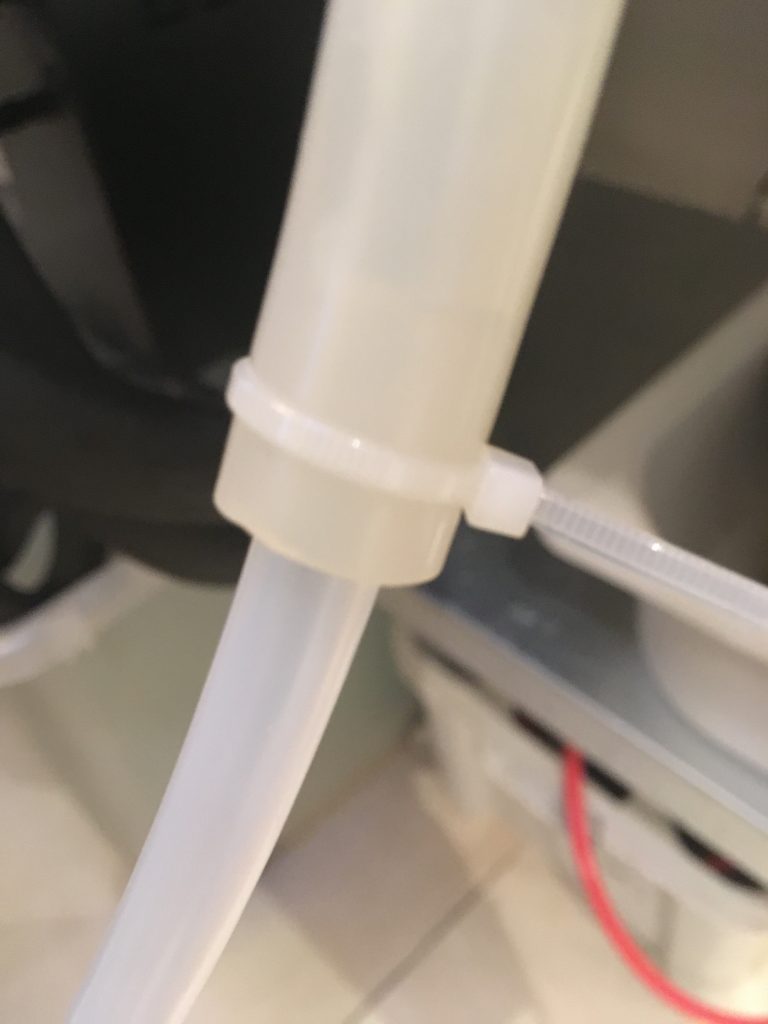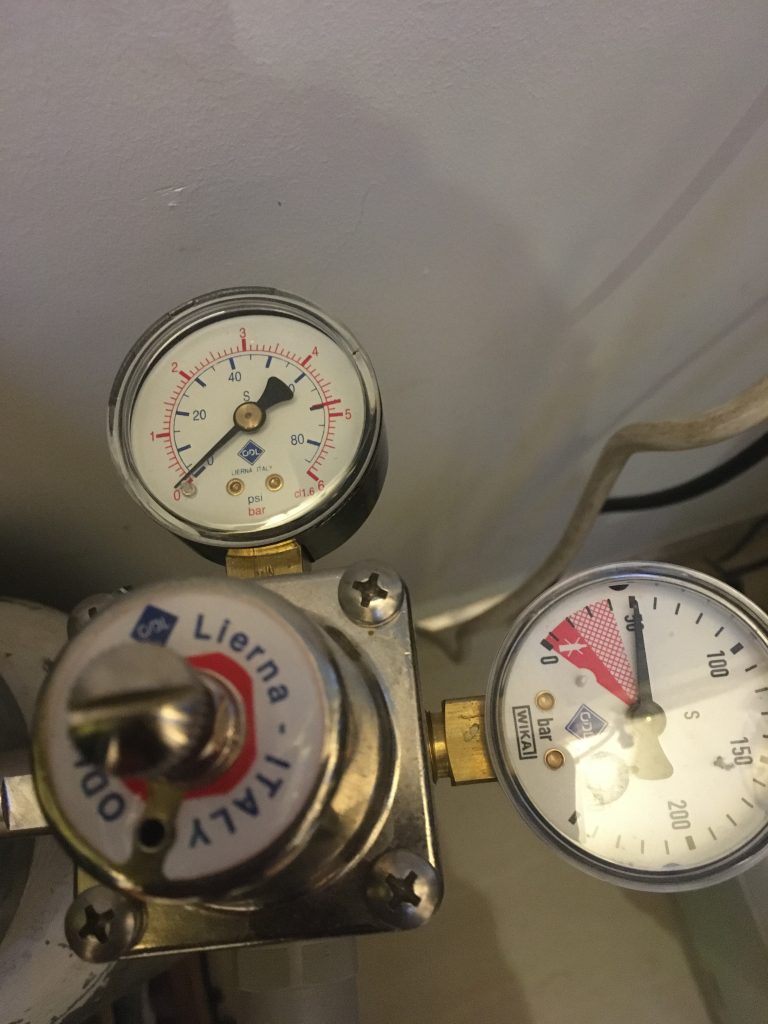Ok, so I haven’t had to do this before, so this is a bit of an experiment!
Double dry hopping is when two separate lots of hops are added to the beer once fermentation has commenced. The intention is to increase the amount of hop flavour and aroma in the beer. Brew 67, Welsh Steve’s NEIPA (New England IPA), requires double dry hopping.
Although I add dry hops to most of my beer, I normally do this only once – usually on day 3 or 4 of fermentation. By then, the fermentation is starting to slow down and the gravity is around 1.020. I put the hops into the top of the fermentation vat through the port for the airlock. Inevitably some oxygen is going to be dragged into the beer with the hops (even within the pellets themselves). However, I am working on the basis that since fermentation is still ongoing, the yeast will use up any oxygen that accidentally gets in. This approach has worked successfully so far.
However, on the second dry hopping the fermentation has stopped, so we need to be extra careful not to accidentally introduce any oxygen. There is no active fermentation to remove that extra oxygen. I am following Jonny and Brad’s advice here and feeding CO2 into the bottom of the fermentation vat while adding the hops from the top. The first step is to drop the beer to about 15C to get the most aroma out of the hops. Then CO2 is bubbled gently through the beer to break up the hop pellets and release any oxygen they might contain. Remember to flush the tubing with CO2 first before you connect it to the fermentation vat otherwise you will end up blowing air through the beer. Any oxygen released from the hops escapes through the blow off tube (which is still attached). I continue to gentle bubble CO2 through the beer for 15 mins after adding the hops to ensure that all the oxygen has been released.
Sounds complicated? Well, it was actually a lot easier than I expected. Connecting my CO2 bottle to the fermentation vat was the tricky bit. My solution was a bit “heath robinson”, but I think you can get away with this at low pressures (my regulator was set for around 1PSI). In my case, some different size tubing pushed together (after being santised) and held in place with cable ties did the trick!
I am now going to leave the beer at 15C for 24 hours before cold crashing it to around 2C before bottling. Hopefully, a bit of time at 15C will give the beer time to absorb the aroma from the hops. We will have to see what happens.




